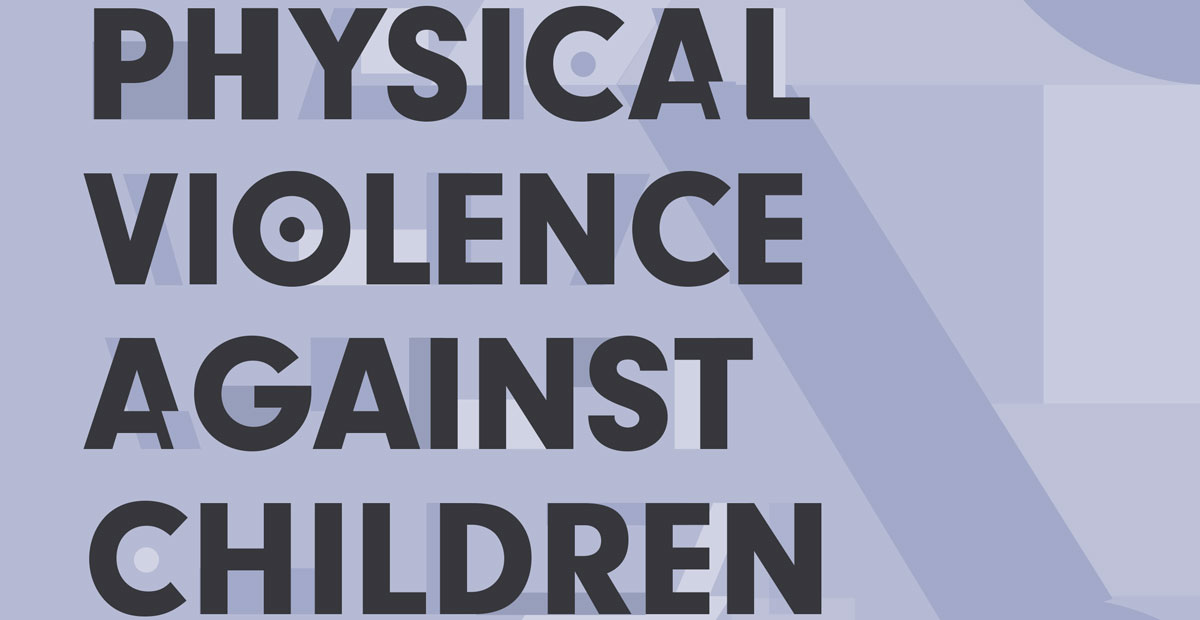
Ce blog fait partie de la série « Établir des liens ». Chaque blog se concentre sur une forme particulière de violence.
Cette année, Equimundo et Oak Foundation ont lancé Normes masculines et violence : établir des liens, un nouveau rapport examinant les liens entre les normes masculines néfastes et huit formes de comportement violent.
Bien que le fait d'être un homme n'ait rien d'inhérent à la violence, la manière dont nous socialisons les garçons dans leur identité d'homme et ce que nous attendons d'eux – c'est-à-dire les normes masculines de la société – sont indéniablement liés à la violence. En effet, les garçons et les hommes sont souvent élevés, socialisés et encouragés à recourir à la violence sous une forme ou une autre ; dans l'ensemble, les hommes et les garçons sont plus susceptibles de commettre la plupart des formes de violence et de mourir par homicide ou suicide. Cependant, les recherches confirment que cette violence est évitable, que l'égalité des sexes est réalisable et que les normes et idées non violentes sur la virilité sont répandues et puissantes.
Ce deuxième blog dans le Établir les connexions La série se concentre sur la violence physique envers les enfants. Elle analyse les faits sur ce problème, ses liens avec d'autres formes de violence et propose des recommandations d'action.
Violence physique contre les enfants
Les faits
La violence envers les enfants englobe un large éventail de comportements, allant des châtiments corporels (que beaucoup, dans une société donnée, peuvent considérer comme faisant partie intégrante de l'éducation d'un enfant) à des manifestations plus extrêmes de violence physique, en passant par des actes de maltraitance psychologique et de négligence. Selon les données du Fonds des Nations Unies pour l'enfance (UNICEF) recueillies dans 30 pays, près de la moitié des enfants âgés de 12 à 23 mois sont victimes de châtiments corporels et/ou de violences verbales à la maison.
Les données montrent que dans certains pays, les garçons – en particulier les plus jeunes – sont plus susceptibles que les filles d’être victimes de châtiments corporels infligés par leurs parents ou tuteurs.
Les liens
La violence est également un mécanisme par lequel les parents contrôlent les performances de genre de leurs fils et filles, les interpellant ou les punissant pour leurs comportements masculins ou féminins inacceptables. La violence au sein du foyer familial est également un moyen essentiel par lequel les enfants perçoivent, apprennent et intériorisent les déséquilibres de pouvoir hiérarchiques entre les genres et au sein de ceux-ci.
Comme l'ont démontré des décennies de recherche sur la transmission intergénérationnelle de la violence, les enfants témoins ou victimes de violences familiales sont significativement plus susceptibles de commettre ou de subir des violences conjugales à l'âge adulte que ceux dont le foyer familial a été exempt de violence. La violence envers les enfants renforce donc doublement l'ordre des genres, traumatisant directement les enfants tout en augmentant leur probabilité d'adopter des comportements similaires avec leurs propres enfants, de voir les hommes recourir à la violence envers leurs partenaires féminines et d'accepter la violence sexiste comme « normale » par les femmes.
Les intersections
En interaction avec les caractéristiques individuelles et les expériences de vie des soignants et des enfants, trois facteurs déterminants sous-tendent la violence contre les enfants :
- Pauvreté et inégalités structurellesfaçonnent les environnements de soins et ont souvent une incidence sur la capacité des parents, des familles et des autres soignants à prendre soin de leurs enfants de manière adéquate, de manière non violente et non stressante.
- Normes culturelles et socialessont liées aux pratiques éducatives et à l'acceptabilité des châtiments corporels et autres formes de violence envers les enfants (et envers les femmes, et entre hommes et garçons). Le degré de normalisation de la violence envers les femmes et les enfants dans la société défie tout discours accusant les auteurs de ces violences de monstres – en particulier de « mauvais hommes » – ou affirmant que le problème n'est pas culturel ou sociétal.
- Normes et dynamiques de genreLes idées qui sous-tendent la violence contre les enfants sont notamment l’idée que les garçons doivent être élevés pour être physiquement résistants et émotionnellement stoïques, tandis que les filles sont considérées comme fragiles, inférieures et/ou élevées pour être subordonnées aux garçons et aux hommes.
De la théorie à la pratique
Les initiatives visant à prévenir la violence contre les enfants devraient se concentrer sur les transformations suivantes des normes masculines néfastes :
- Demandez aux participants de réfléchir et de reconnaître les divisions sexistes dans les modèles de travail de soins, de prestation financière et de discipline.
- Encouragez les pères à adopter une gamme complète de comportements attentionnés et nourrissants dans leurs relations avec leurs enfants.
- Permettre aux parents de disposer d’espaces sûrs pour pratiquer des approches parentales positives et une discipline non physique.
- Demandez aux participants de nommer, de reconnaître et de discuter des inégalités de pouvoir dans leurs relations avec leurs enfants.
- Demandez aux participants de réfléchir à la manière dont ils élèvent ou disciplinent leurs enfants de sexe masculin différemment de leurs enfants de sexe féminin.
- Demandez aux participants de réfléchir aux effets limitatifs de la socialisation genrée sur le développement de l’identité, du potentiel, des compétences, des aspirations, des relations et des opportunités des enfants dans la vie.
Lire le reste de la Établir les connexions Série de blogs pour en savoir plus sur la violence conjugale, les abus et l’exploitation sexuels des enfants, l’intimidation, l’homicide et les crimes violents, la violence sexuelle entre personnes non partenaires, le suicide, ainsi que les conflits et la guerre.
